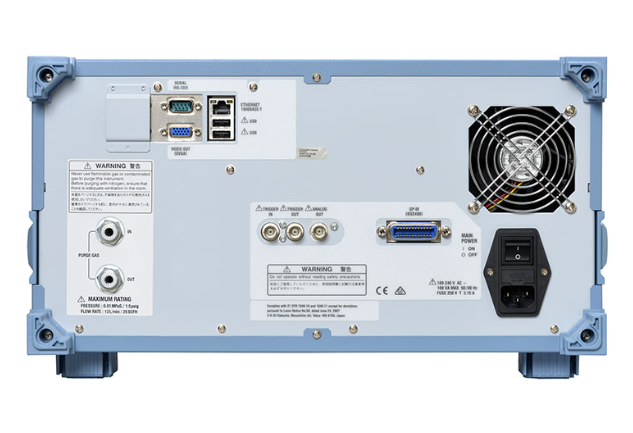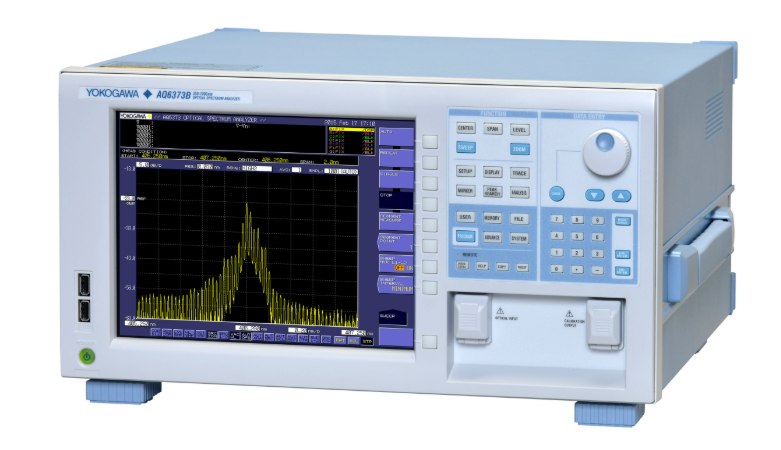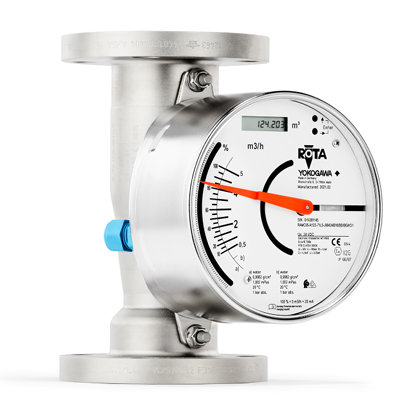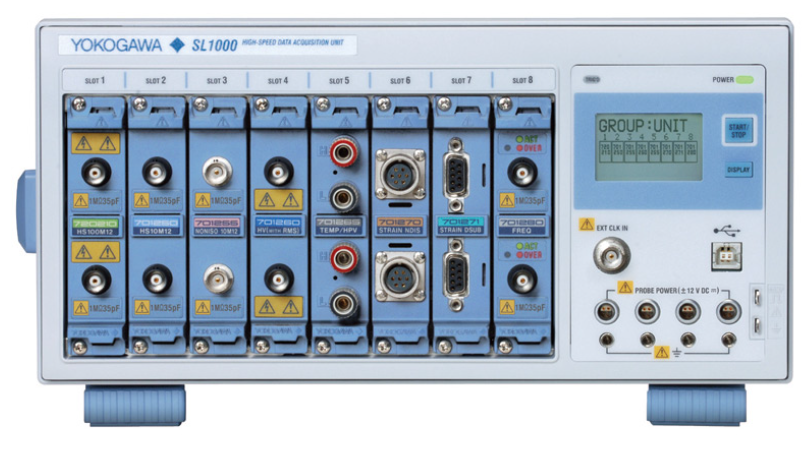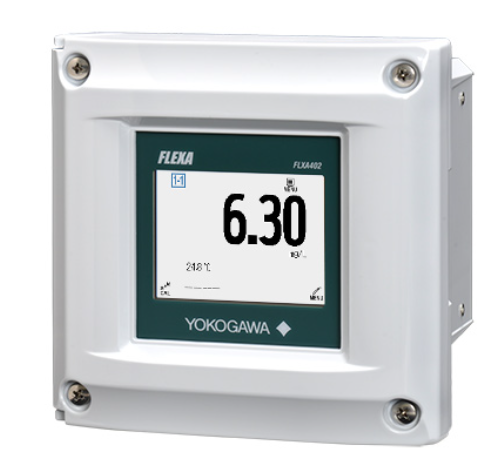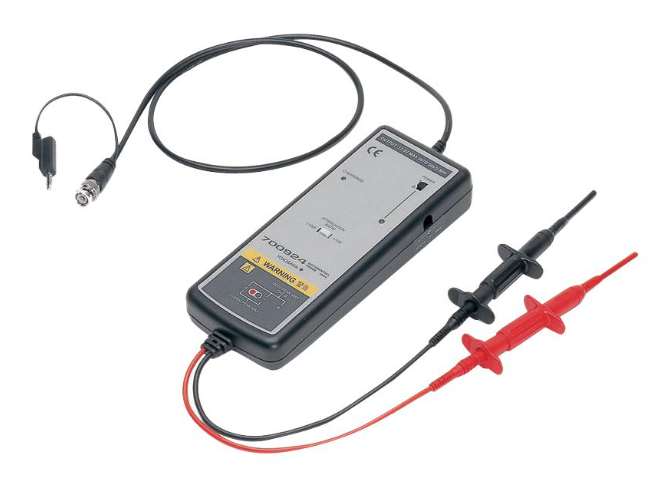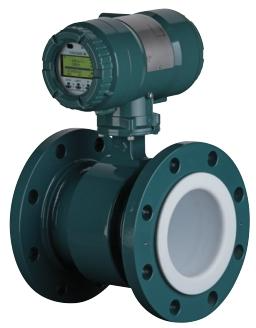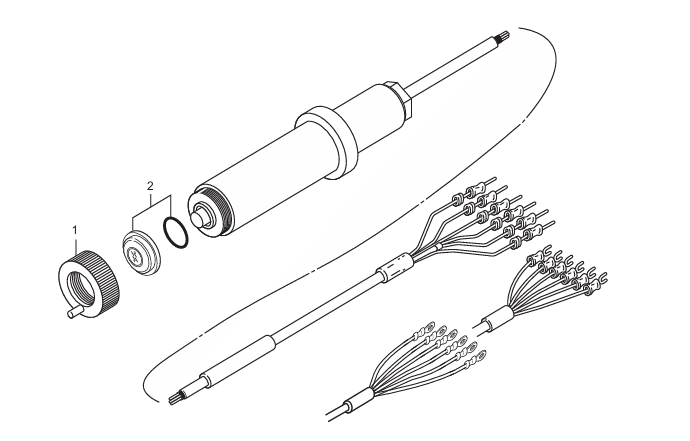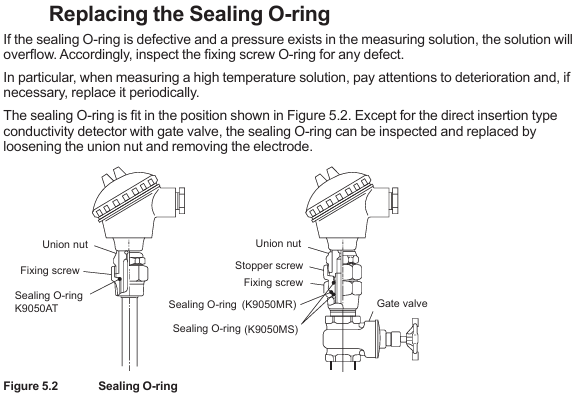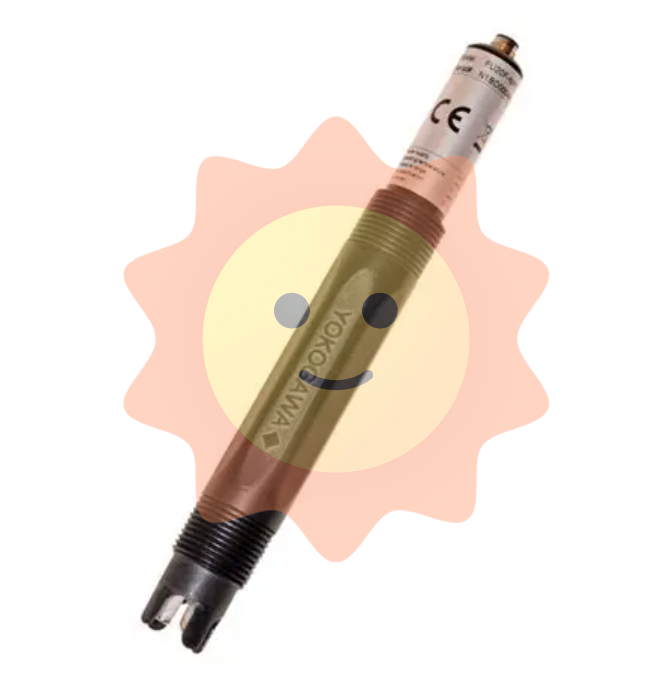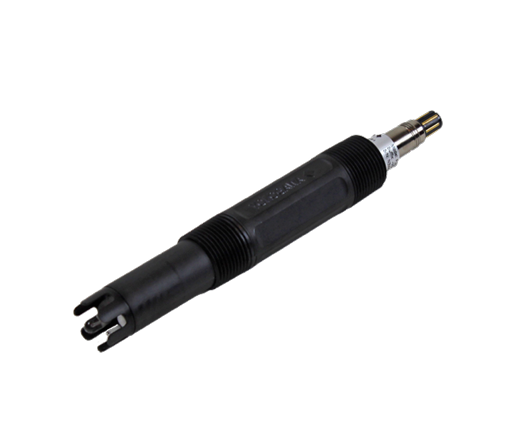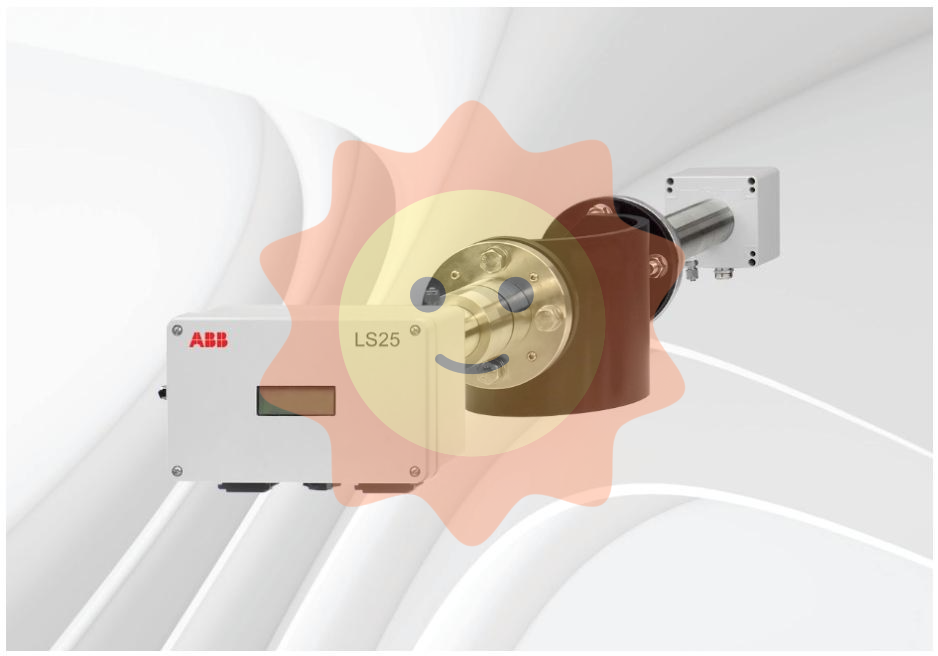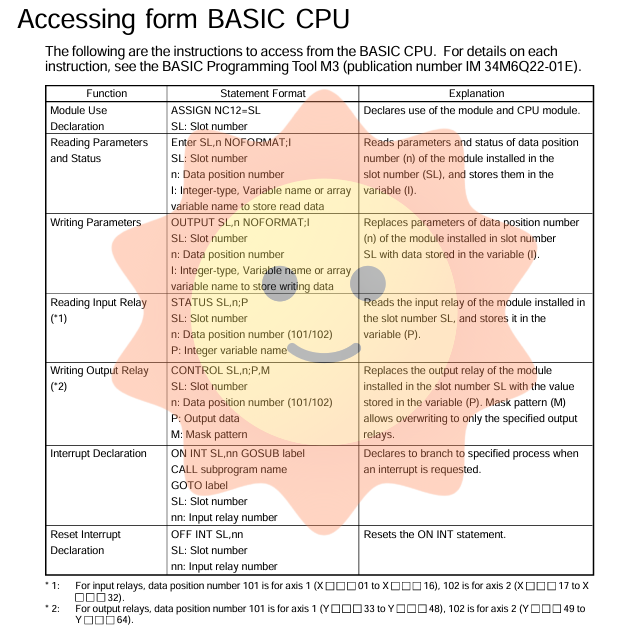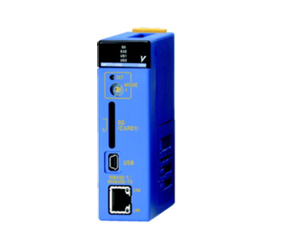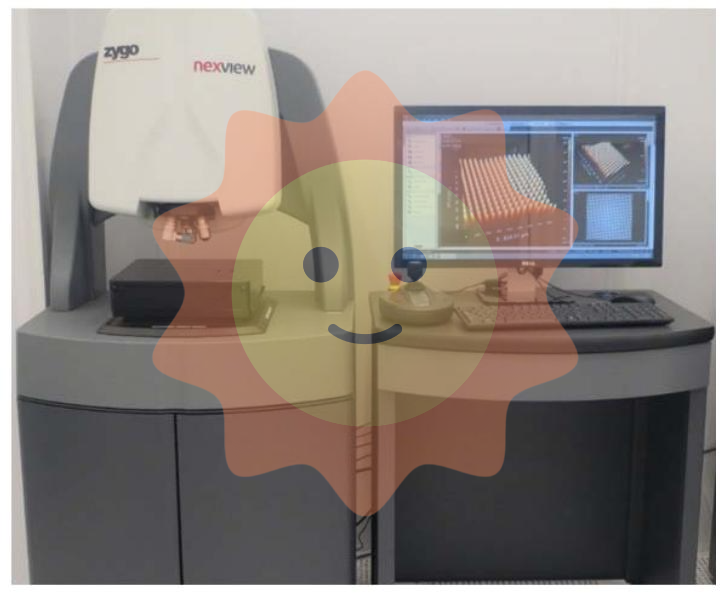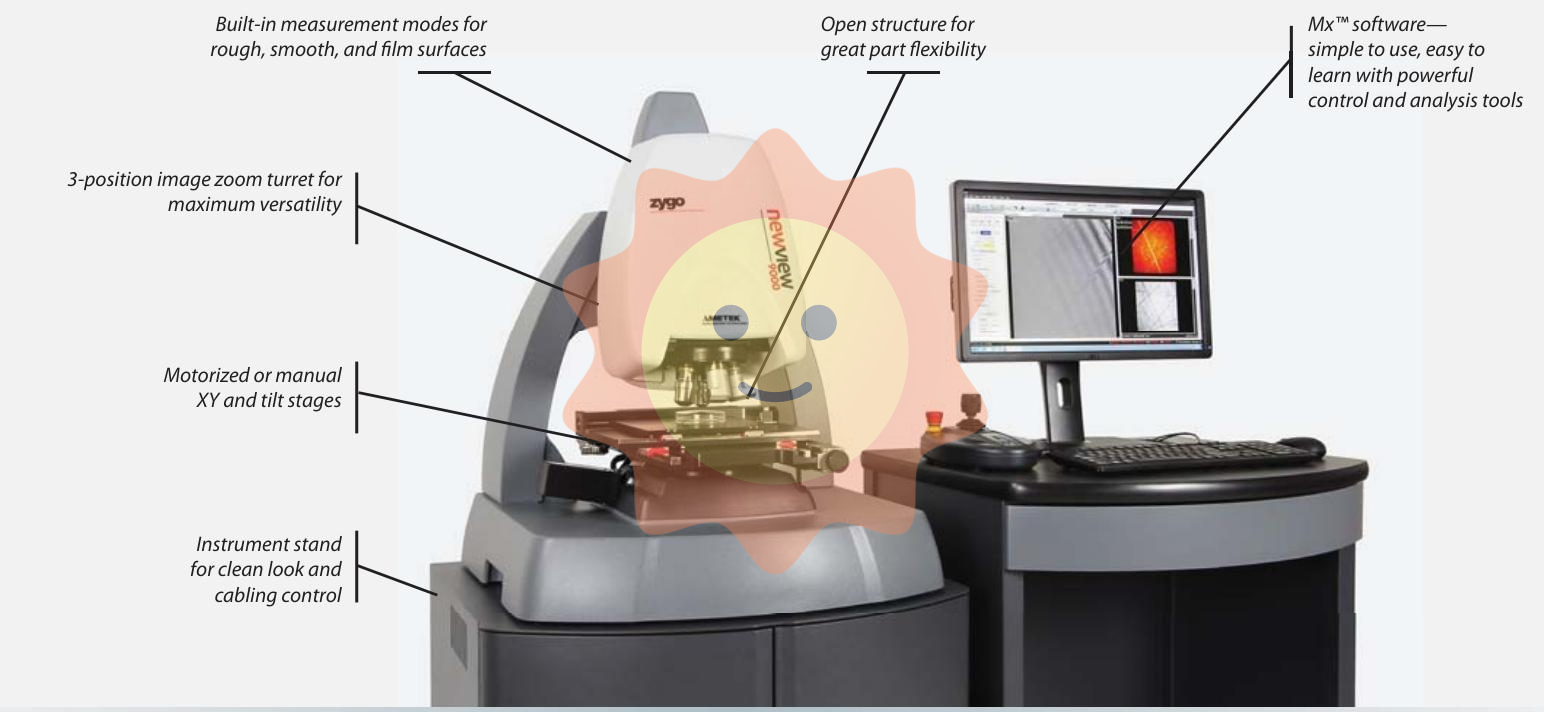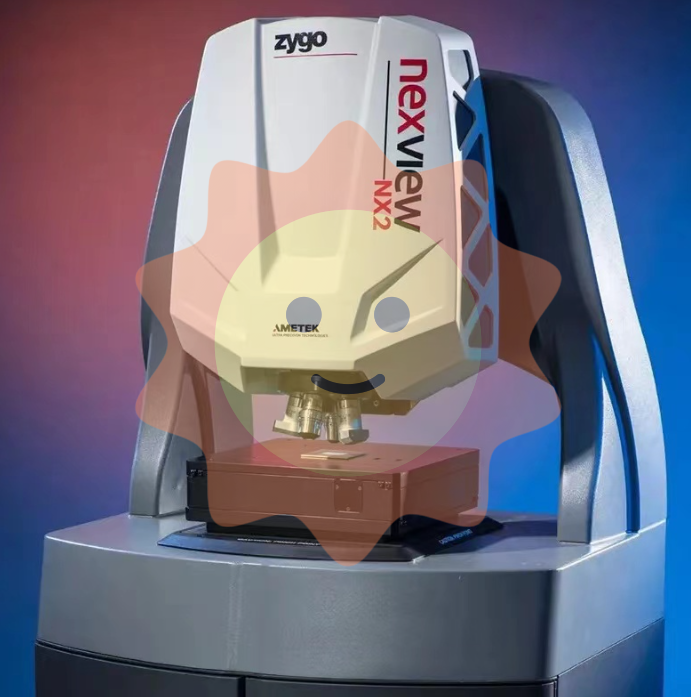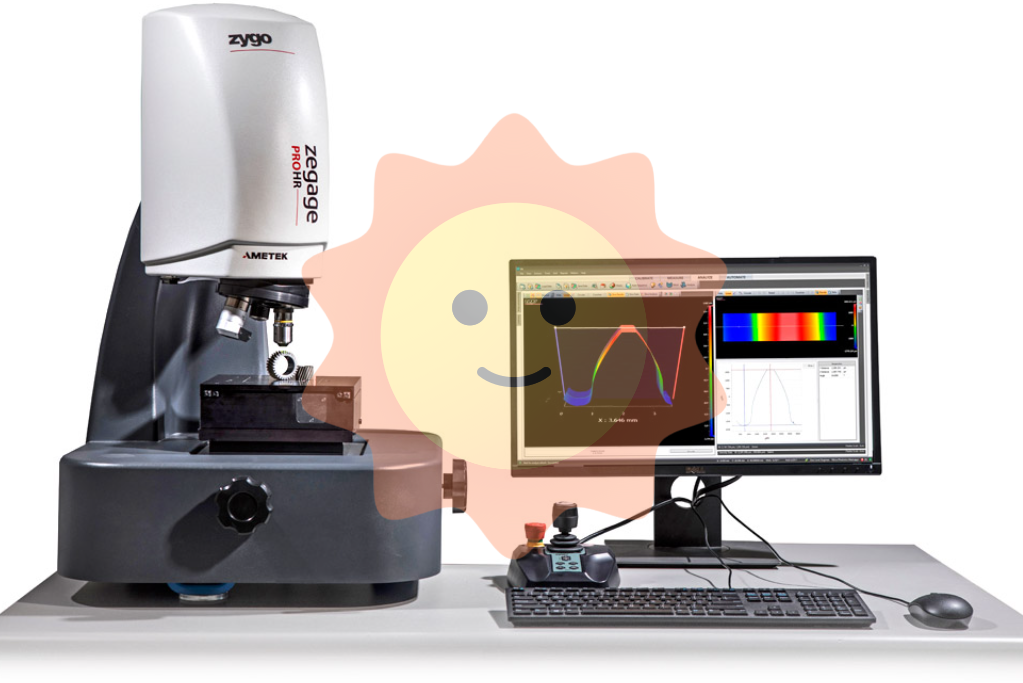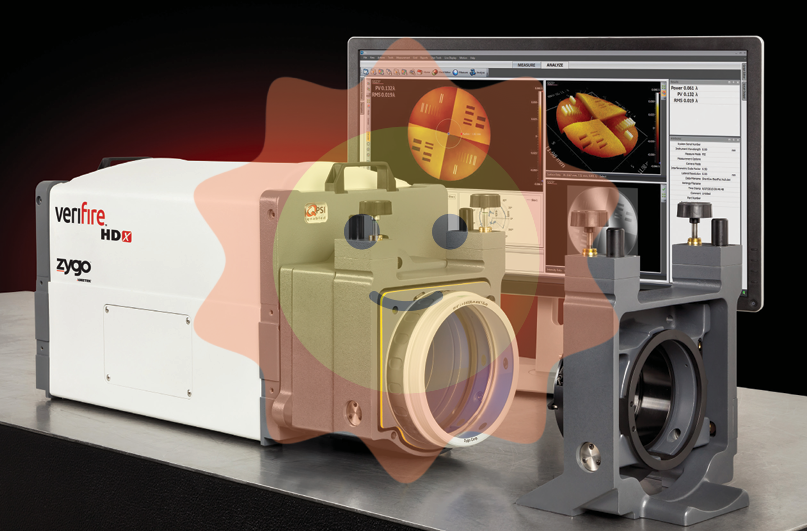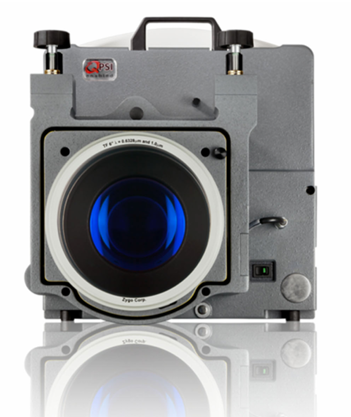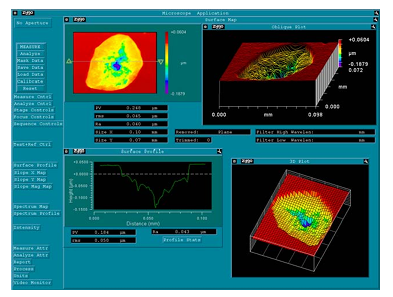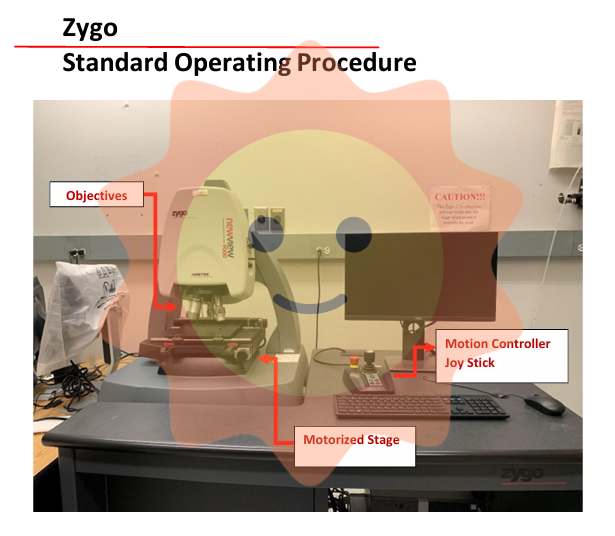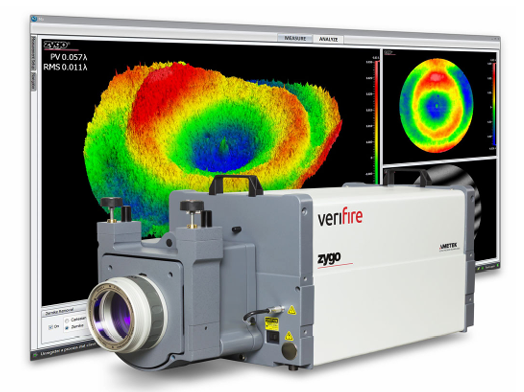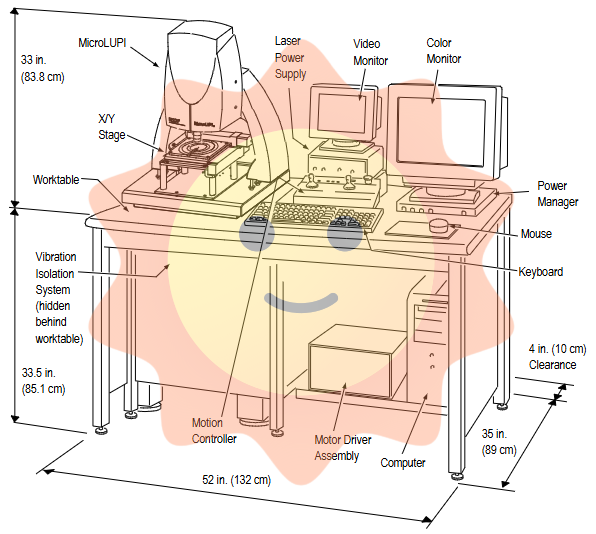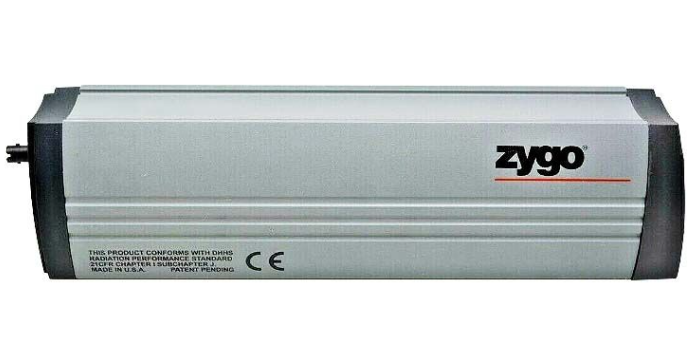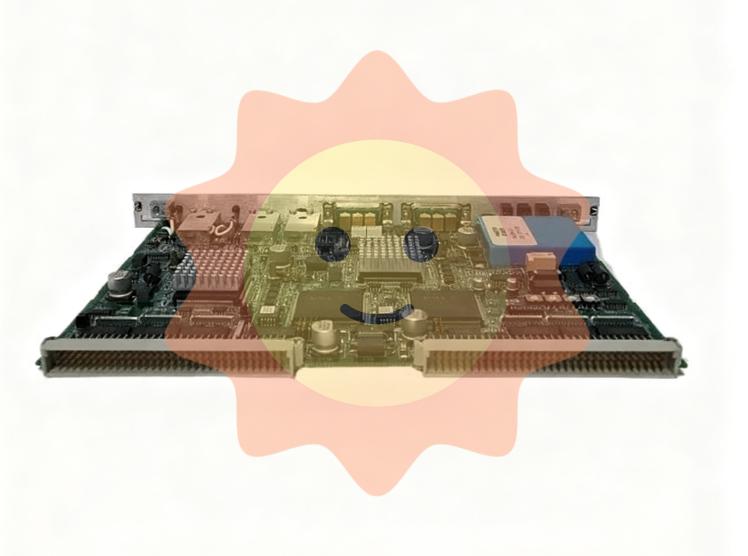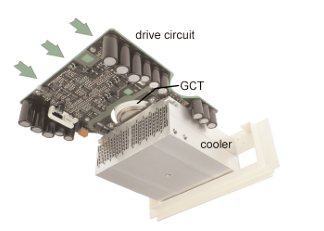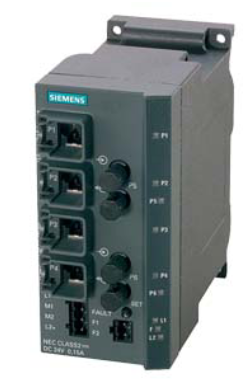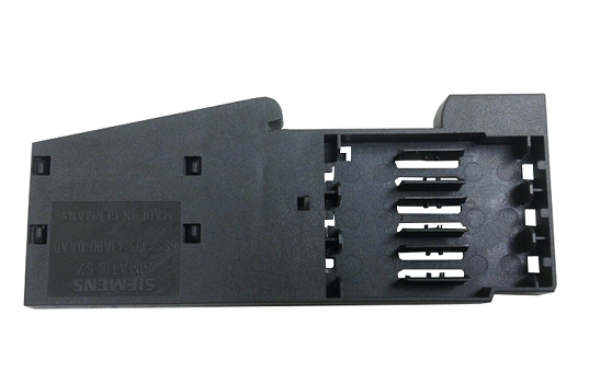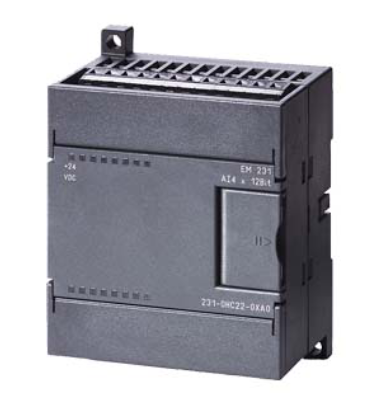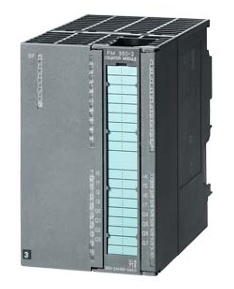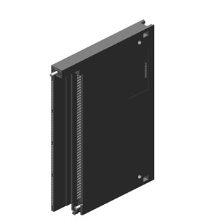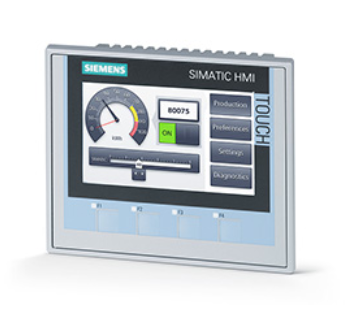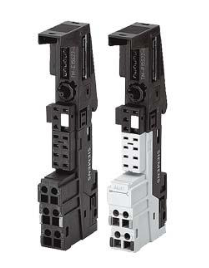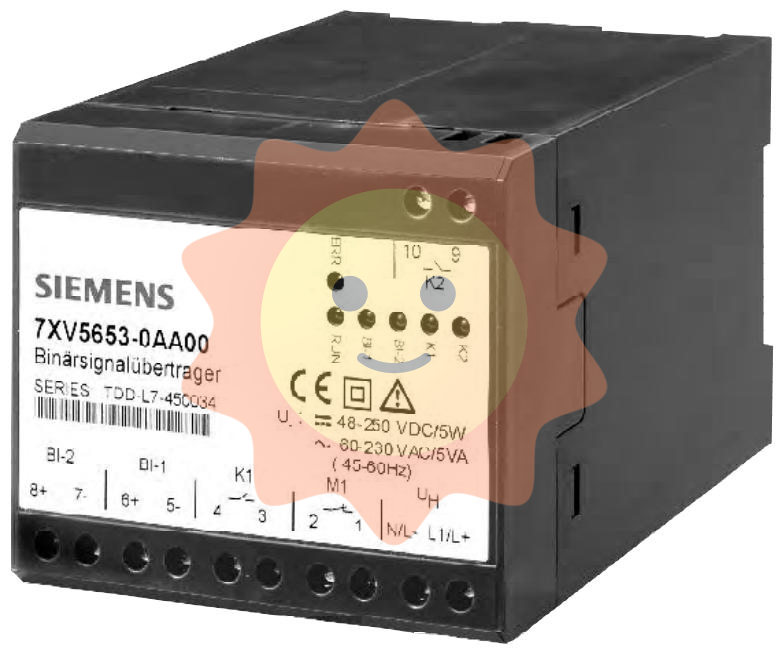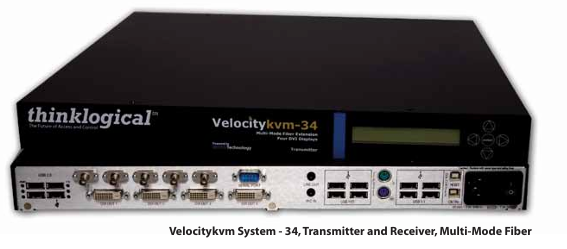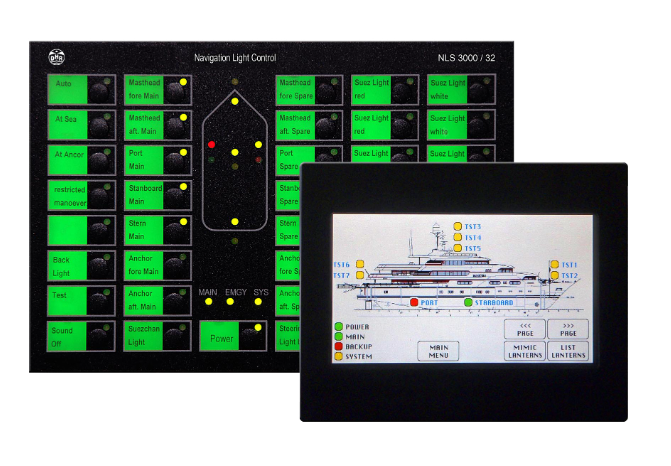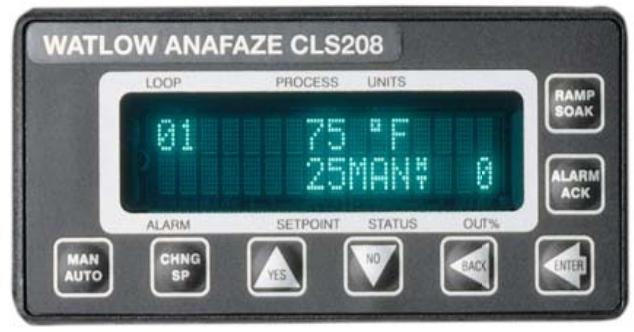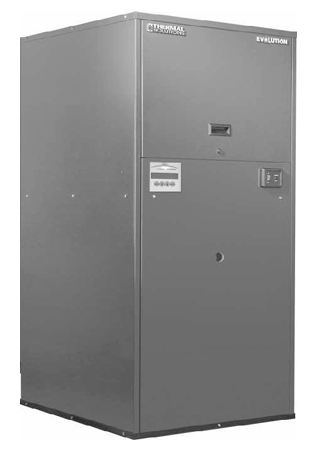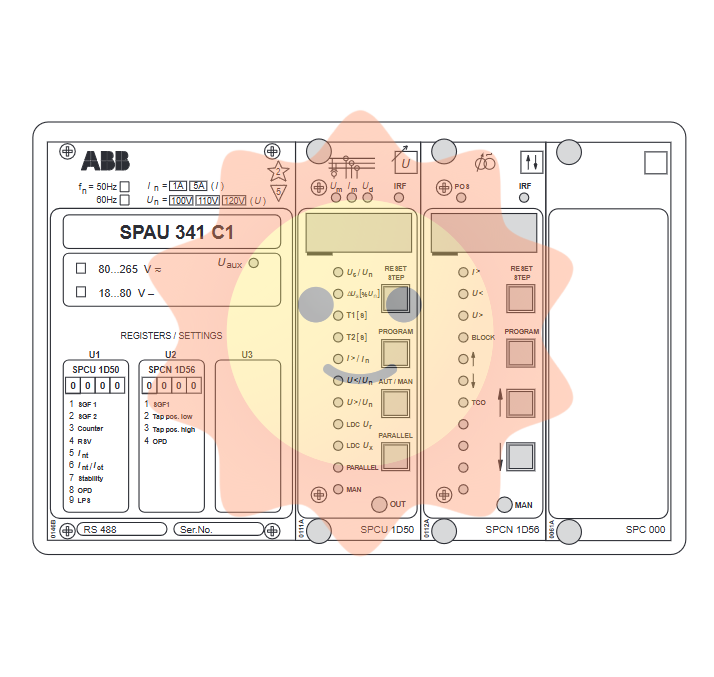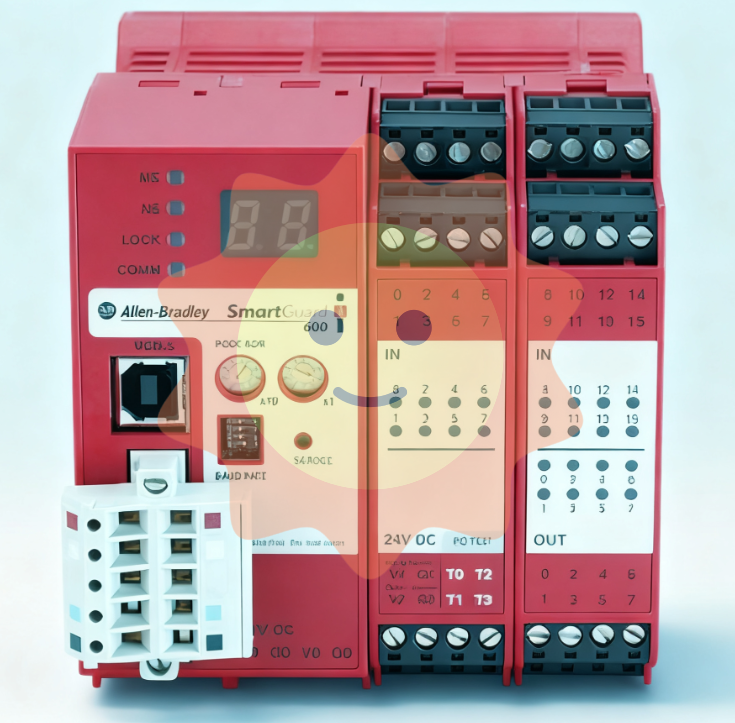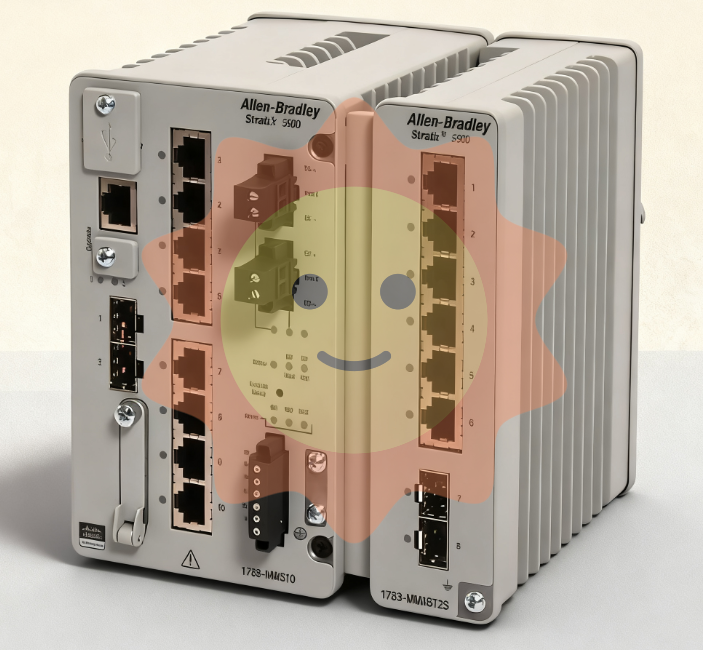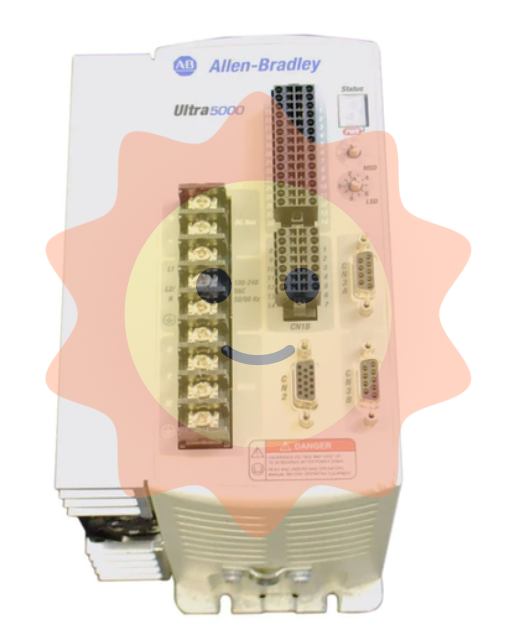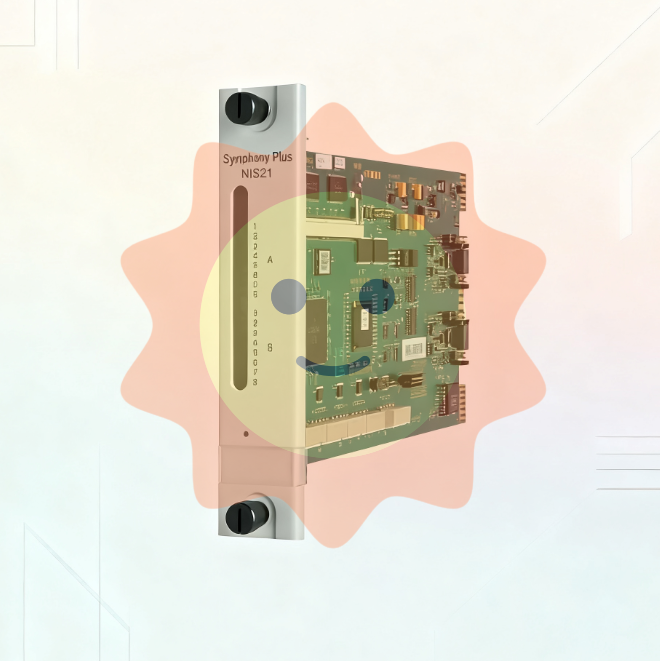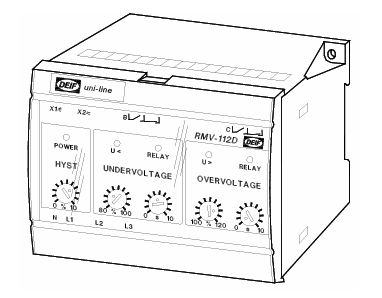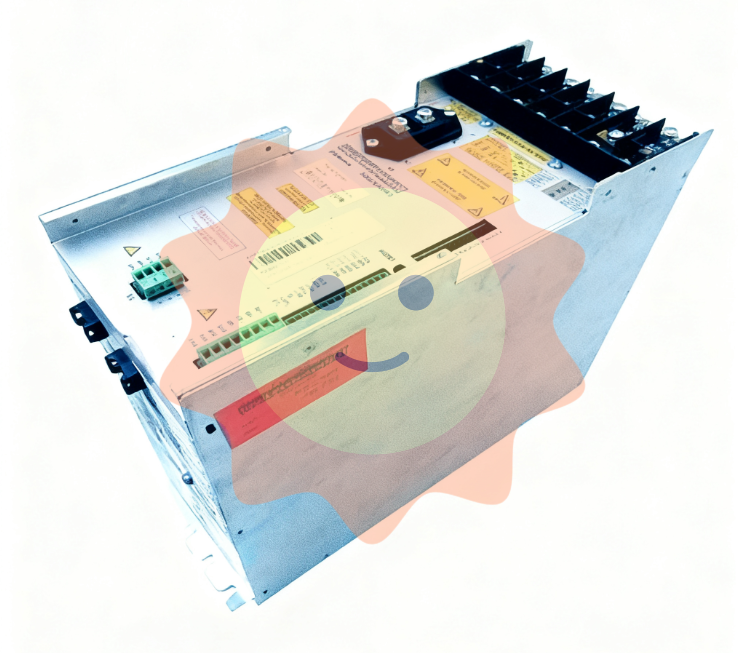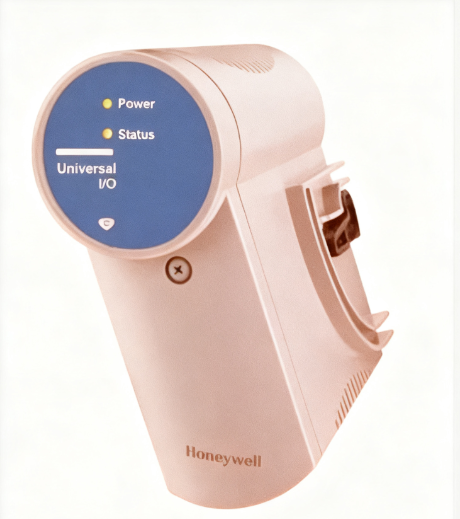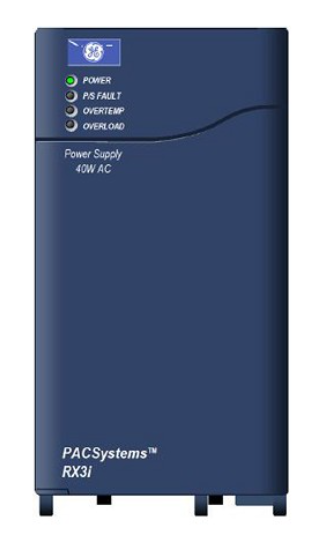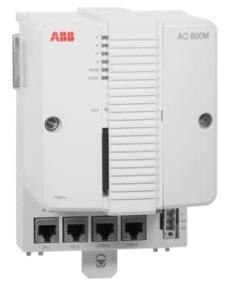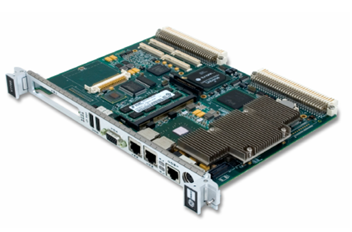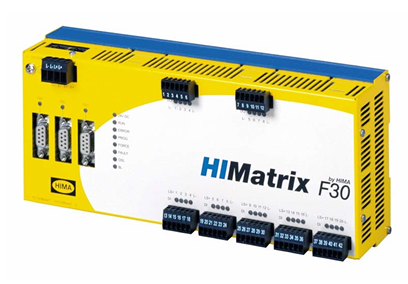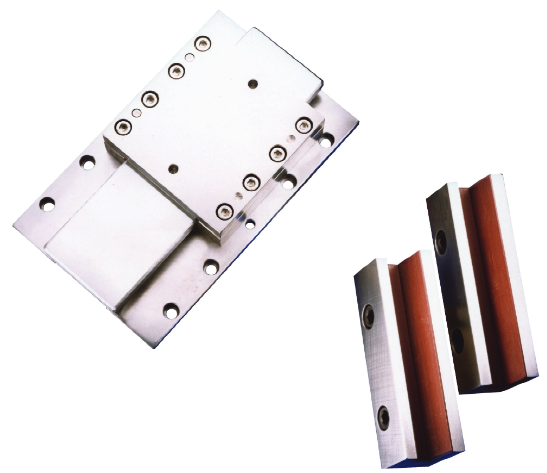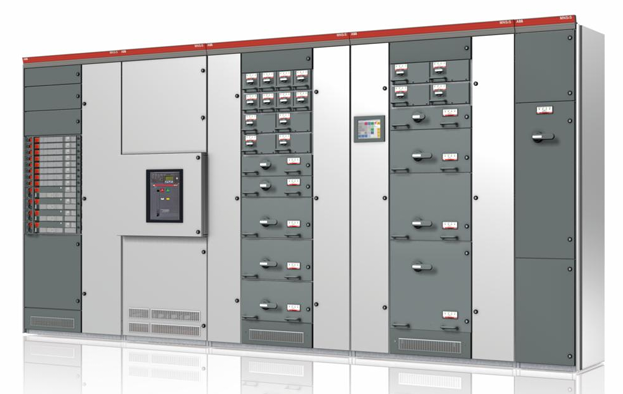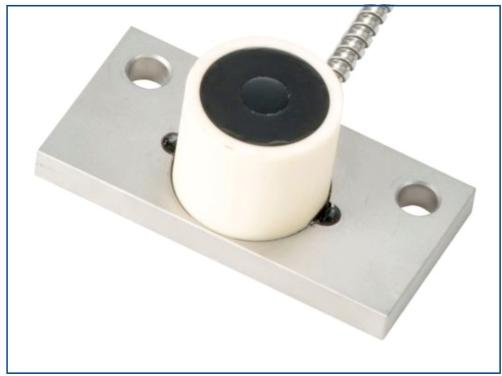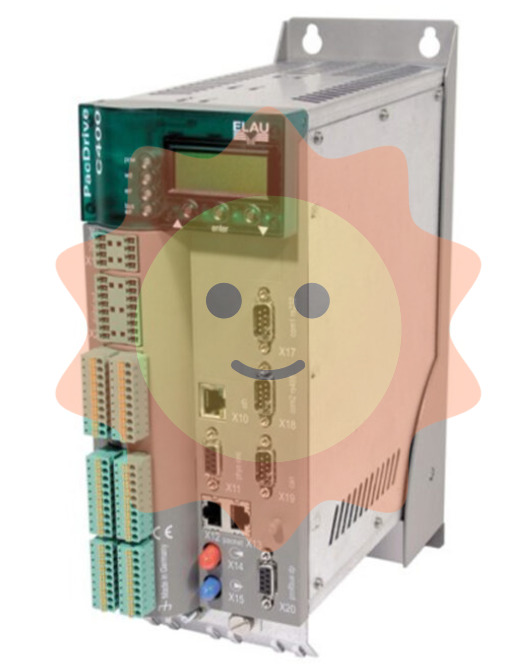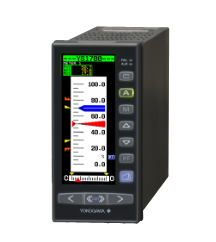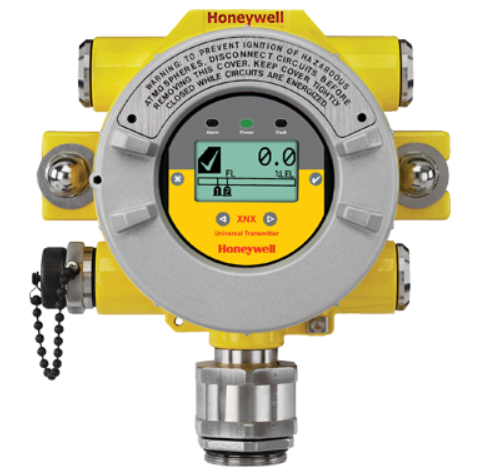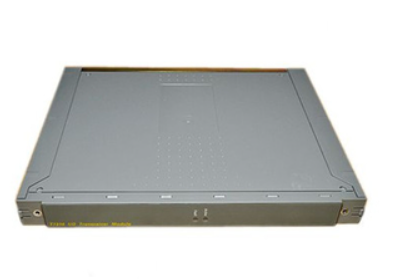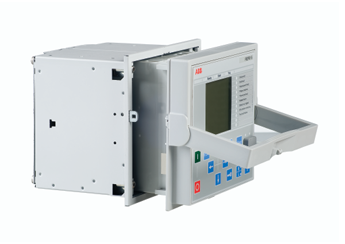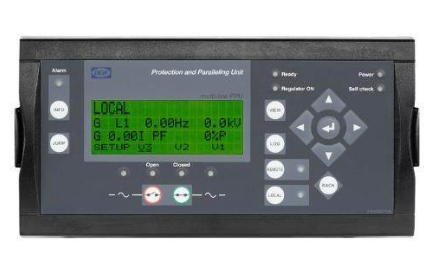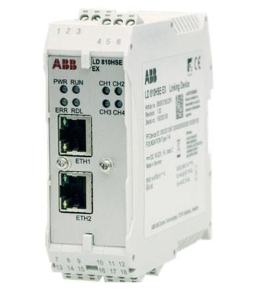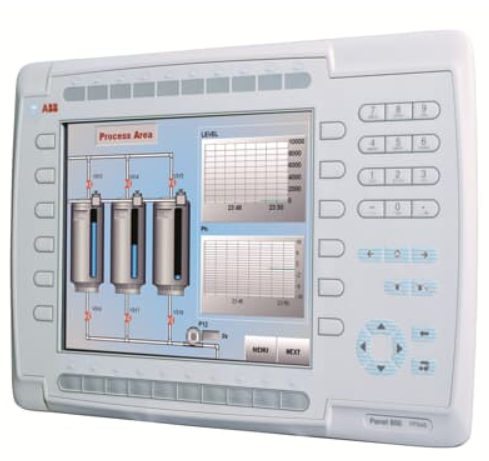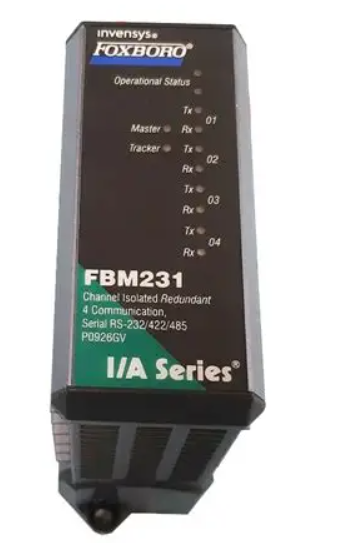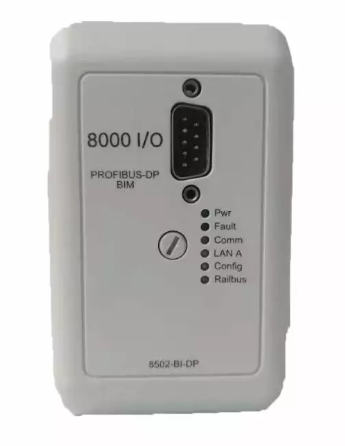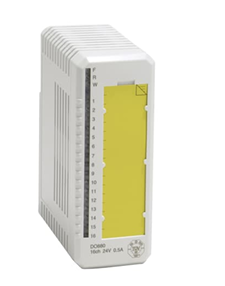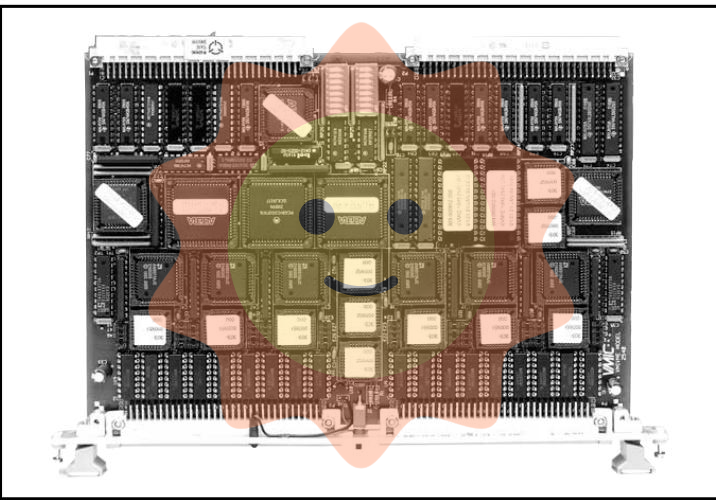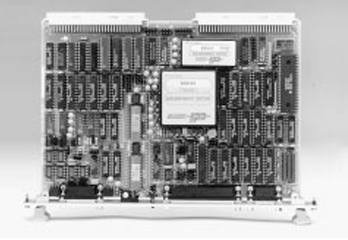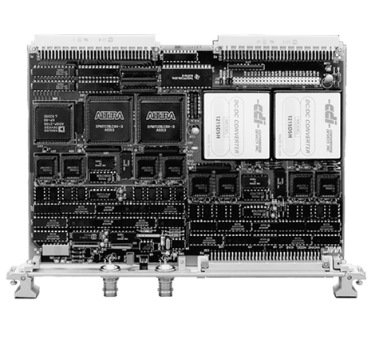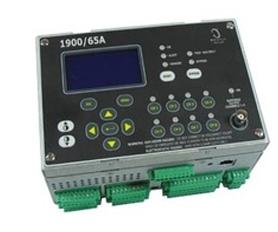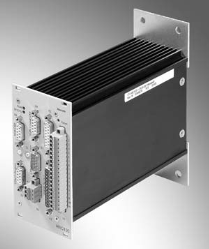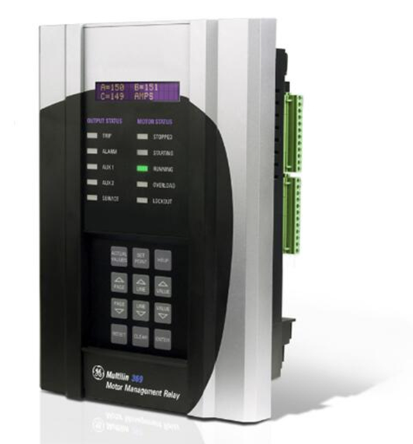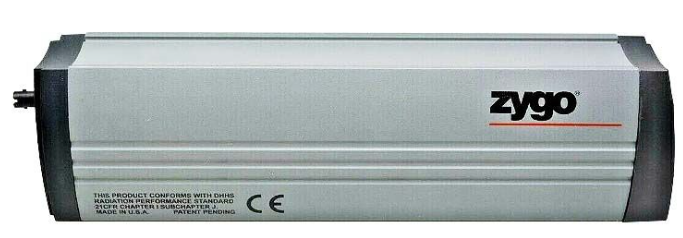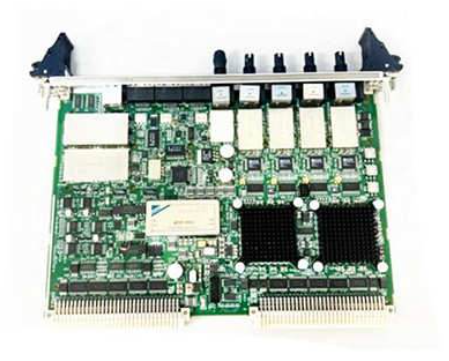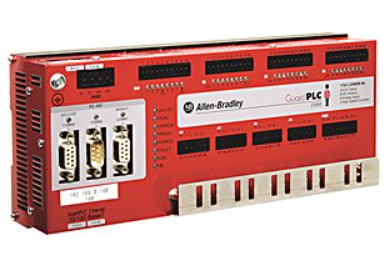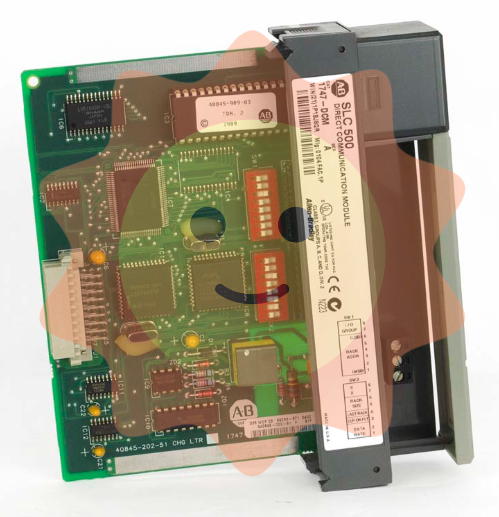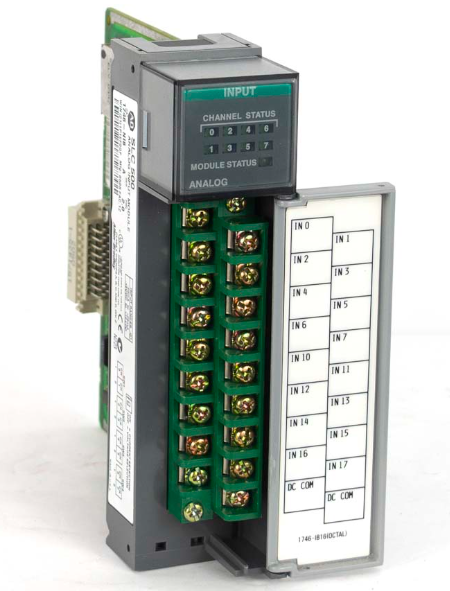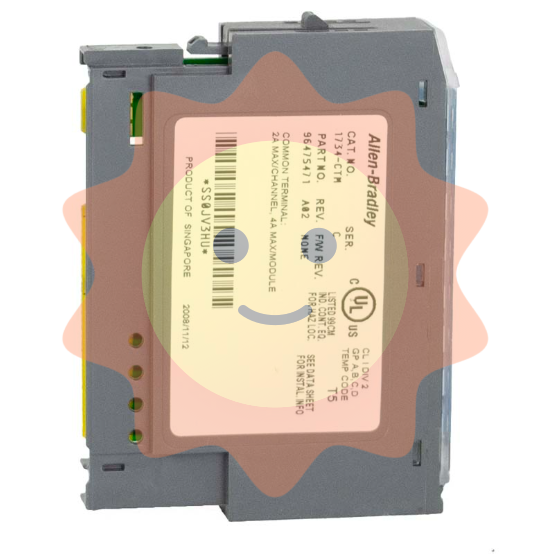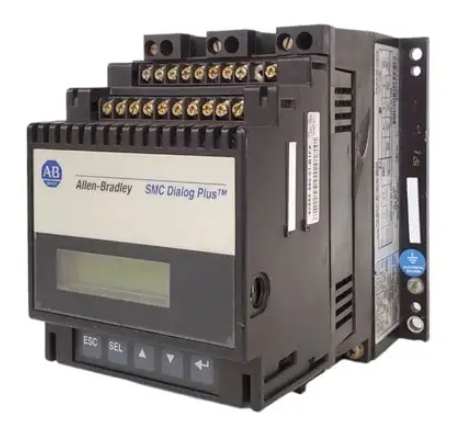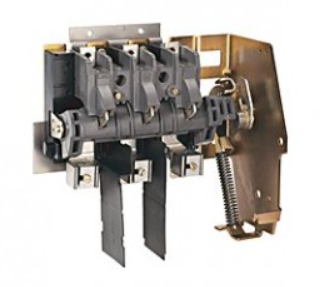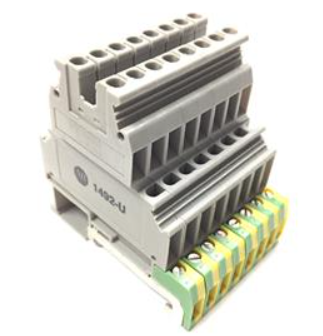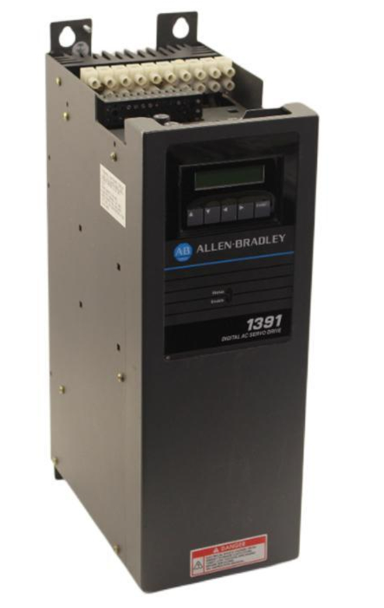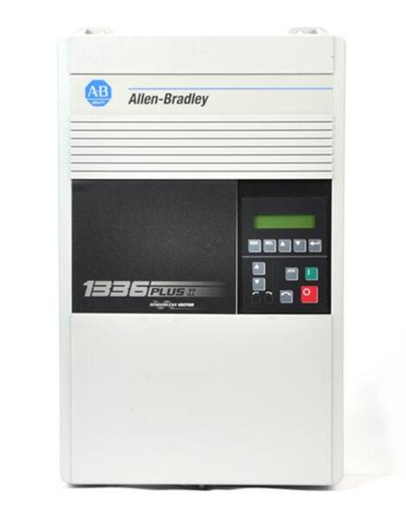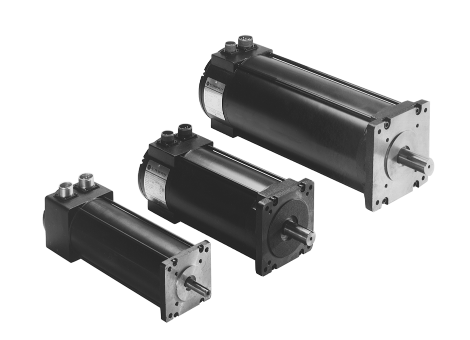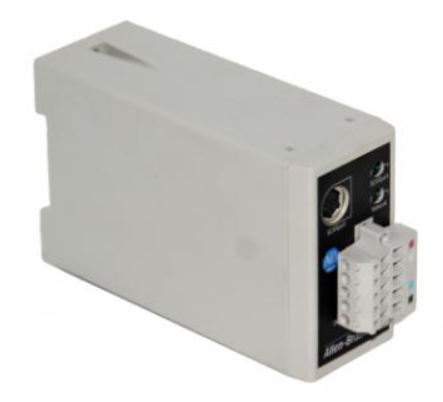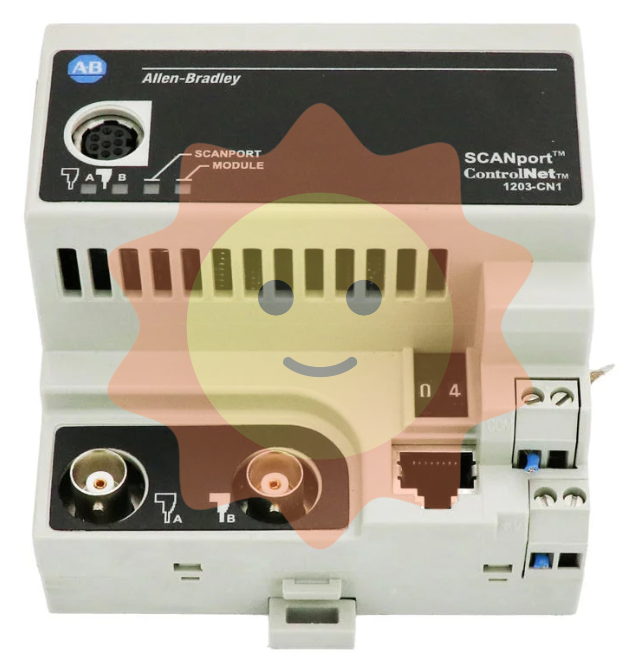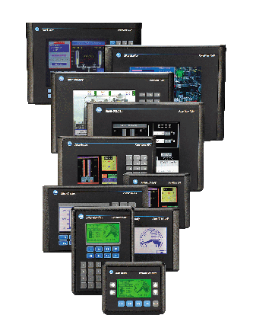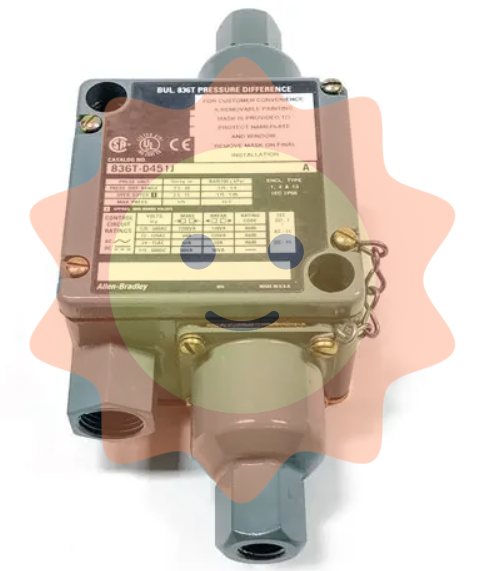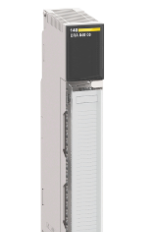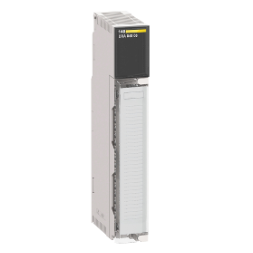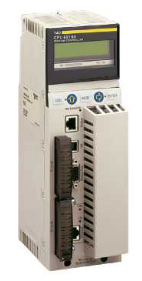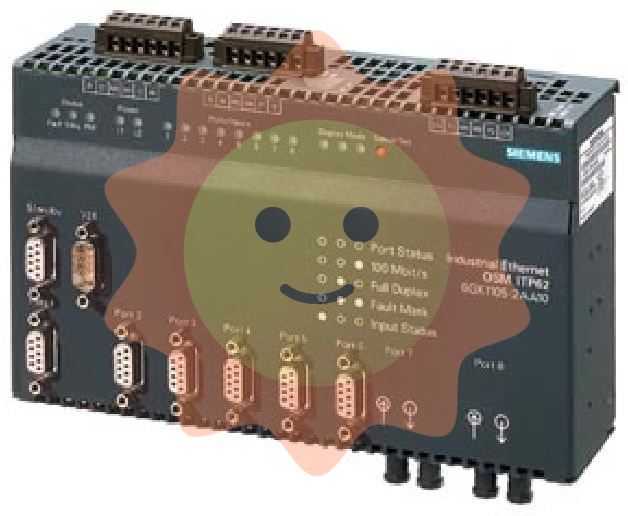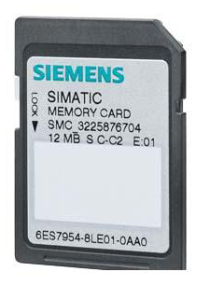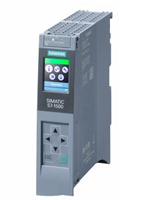Manufacturers
ABB
Model(s)
ABB Advant Controller 31, ABB Advant OCS
Estimated Shipping Size
Dimensions: 6.0" x 4.0" x 5.0"
(15.2 cm x 10.2 cm x 12.7 cm)
Weight: 0 lbs 11.0 oz (0.3kg )
Tariff Code: 8517620050
Country of Origin: France
Ships from Webster NY, USA
ABB GJR5251500R1161 Communication Processor Module
Basic Information
Model and Series:
This product, model number GJR5251500R1161, belongs to ABB's communication processor modules. Communication processor modules play a crucial role in industrial automation systems, handling communication tasks between devices and ensuring that data is transmitted accurately and efficiently.
Place of origin speculation:
ABB usually produces these high-end modules in regions with advanced industrial technology, most likely from European countries such as Germany or Sweden. These regions have advanced electronic manufacturing processes and strict quality control system, which makes the module is expected to have high quality and high reliability, can adapt to the complex industrial environment.
Appearance and size speculation:
Considering its mounting needs in industrial control cabinets, its appearance is likely to be compact. Perhaps an approximate rectangular shape with a length of roughly 15 - 25 cm, a width of about 10 - 20 cm, and a height of between 5 - 10 cm. The weight is estimated to be in the region of 0.8 - 1.5kg, making it easy to install in control cabinets and connect to other equipment.
Performance Features
Communication protocol support:
As a communication processor module, it supports a wide range of industrial communication protocols. It may include but not limited to Profibus, CANopen, Ethernet/IP, etc.. These protocols are widely used in industrial automation, and by supporting them, the module is able to communicate with a variety of different brands and types of equipment. For example, in an automated factory, it can communicate with ABB's PLCs via the Profibus protocol, and at the same time interact with data from other brands of monitoring devices via the Ethernet/IP protocol.
Data processing capabilities:
It has powerful data processing capabilities. It can quickly parse, convert and package the received and sent data. When receiving data, it can parse the data according to different communication protocols, extract the useful information and convert it into a format that the internal system can recognise. When sending data, it can pack and send the data according to the protocol format required by the target device. For example, when dealing with real-time data from multiple sensors, it can consolidate and pre-process this data before sending it to the upper control system.
Communication rate and bandwidth:
High communication rates and bandwidths are available to meet the demands of real-time transmission of large amounts of data in the industrial field. Communication rates can reach several Mbps (megabits per second) or more, depending on the communication protocol and network configuration used. The bandwidth can support the simultaneous transmission of control commands, status information, monitoring data, etc., from multiple devices. For example, in an automated chemical production process that requires real-time transmission of a large amount of temperature, pressure, flow, and other sensor data as well as control commands, the module's high communication rate and bandwidth ensure that this data is transmitted quickly and accurately, avoiding data congestion and delays.
Reliability and stability:
Various reliability measures are used to ensure stable communication. On the hardware side, high-quality communication chips and stable power supply modules may be used to prevent communication interruptions and data loss. On the software side, fault detection and automatic recovery functions are available. For example, it can automatically detect and attempt to re-establish a connection when the communication link fails; and it can perform error correction or request a retransmission when there is a data transmission error. In addition, it may have redundant communication interfaces to improve the fault tolerance of the system.

- User name Member Level Quantity Specification Purchase Date
- Satisfaction :
-









Email:wang@kongjiangauto.com

